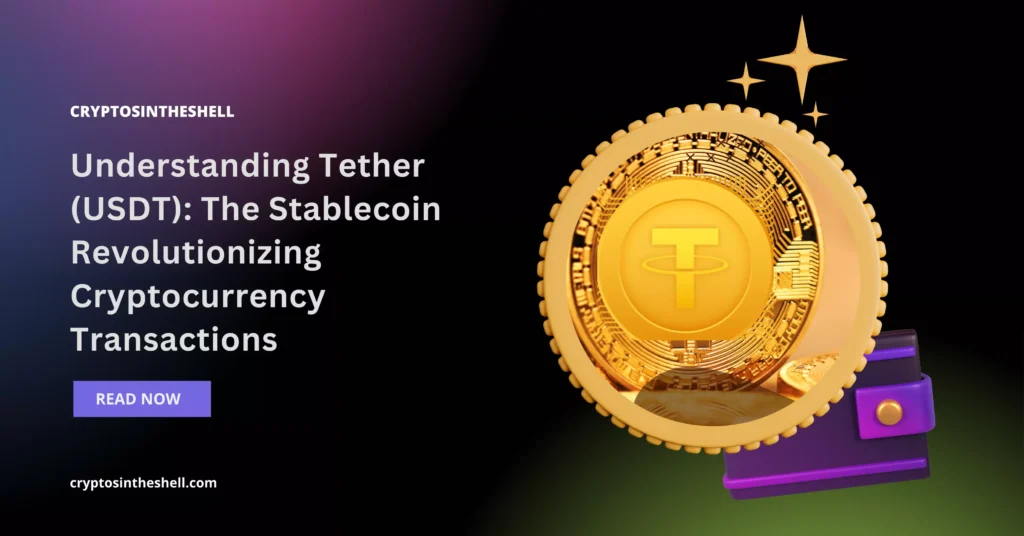10 Popular Cryptocurrencies
A digital asset based on blockchain technology that can be exchanged without a bank or government’s centralized authority is called a cryptocurrency. More than 8,000 cryptocurrencies with a $2.25 trillion market capitalization are available as of June 25, 2024.
The question of “where to invest?” arises when you first start in the crypto world from Bitcoin and Ethereum to Ripple and Dogecoin, the numerous types of various cryptocurrencies can be confusing when you first start in the crypto world. There are more than 8000 types of cryptocurrencies present and choosing the right one can be difficult.
To help you get started in the cryptocurrency world these are the top ten cryptocurrencies you could invest in, we will provide you with a detailed description of each of these cryptocurrencies. These descriptions will help you understand the pros and cons of each cryptocurrency and the process to buy, sell and trade it.
Bitcoin’s value has increased significantly since its launch in 2009, with a nearly 30,000% increase in value between October 2013 and early June 2021. Analysts believe that as cryptocurrencies and the blockchain technology that powers them become more mainstream and integrated into people’s daily lives, Bitcoin’s value may increase even further.

After Bitcoin, Ethereum is the second-largest cryptocurrency by market capitalization. It was introduced in 2015. However, it wasn’t intended to be a digital currency, unlike Bitcoin. Rather, the creators of Ethereum set out to create a completely new class of decentralized computing platforms that would take the availability and security of blockchains and extend them to a wide range of uses.

The Binance Coin is a digital currency issued by the Binance exchange and trades under the symbol BNB. In May 2024, Binance Exchange was the world’s second-largest cryptocurrency exchange (as certified by Coinmarketcap), with a daily trading volume of $11.8 billion. Binance Coin (BNB) had a 24-hour trading volume of $1.45 billion.

In 2013, Dogecoin (DOGE) was developed as a fun substitute for more established cryptocurrencies such as Bitcoin. The Shiba Inu logo and moniker are derived from a meme. Dogecoin, which has 10,000 new coins created per minute and no maximum supply, is purposefully heavy in contrast to Bitcoin, which was meant to be limited.

Cardano (ADA) is a blockchain platform based on a proof-of-stake consensus system (known as Ouroboros) that validates transactions with low energy costs. Cardano’s development uses the Haskell programming language, which is characterized as permitting Cardano to seek evidence-based growth for unparalleled security and stability.






